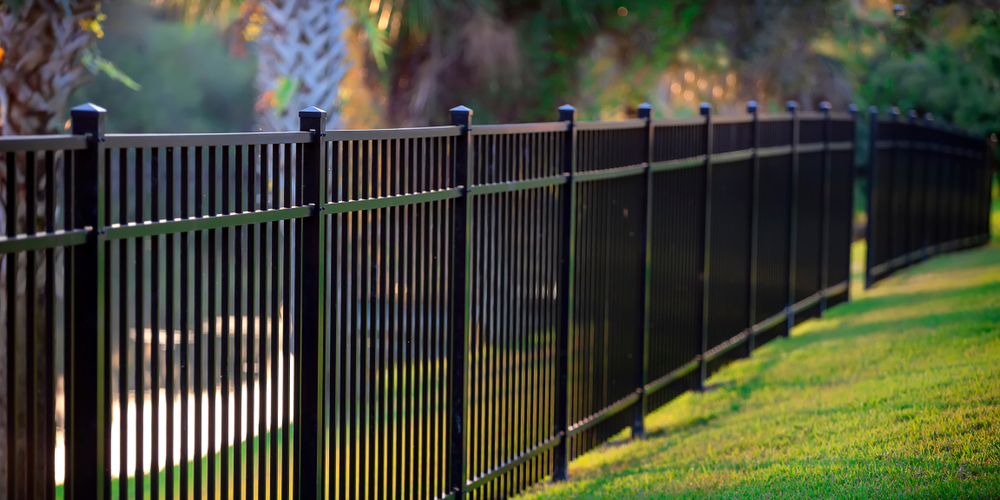Choosing to install a fence around your home is a significant decision that demands careful consideration. A fence serves various purposes, from enhancing privacy and security to defining property boundaries and adding aesthetic appeal. However, before diving into the installation process, there are crucial factors you must weigh to ensure you make informed choices tailored to your specific needs and preferences.
Purpose and Goals
Begin by identifying the primary purpose of your fence. Are you installing it for security, privacy, aesthetics, or a combination of these? Clearly defining your goals before hiring fence builders will guide the selection of materials, height, and design. For security, a sturdy and tall fence may be necessary, while a more open and decorative option could be suitable for purely aesthetic reasons. Understanding your objectives is the foundation for a fence that truly meets your requirements.
Local Regulations and Permits
Before you break ground, familiarize yourself with local regulations and obtain any necessary permits. Zoning laws, neighborhood association rules, and building codes vary widely. Ensure your planned fence complies with these regulations to avoid potential legal issues down the road. Some areas may have restrictions on fence height, materials, or even design, so it’s crucial to do your homework beforehand.
Material Selection
The choice of material significantly impacts your fence’s durability, maintenance requirements, and overall aesthetics. Common materials include wood, vinyl, metal, and composite. Each has its pros and cons, considering factors like cost, maintenance, and lifespan.
Wood
- Pros: Classic aesthetic, versatile design options.
- Cons: Requires regular maintenance (sealing, staining, or painting), susceptible to pests and decay.
- Considerations: Ideal for traditional or rustic styles – choose hardwoods for increased durability.
Vinyl
- Pros: Low maintenance, resistant to rot and pests, versatile designs and colors.
- Cons: Higher upfront cost, limited repair options if damaged.
- Considerations: Suitable for those seeking a modern look with minimal maintenance.
Metal (Aluminum, Steel)
- Pros: Durable, strong, and secure – minimal maintenance.
- Cons: Can rust (depending on the metal used), and may dent upon impact.
- Considerations: Perfect for security-focused installations – choose powder-coated options for enhanced rust resistance.
Composite
- Pros: Combines wood fibers and recycled plastic for durability – low maintenance.
- Cons: Limited design options, can be expensive.
- Considerations: Mimics the look of wood without maintenance – suitable for eco-conscious homeowners.
Maintenance and Long-Term Costs
Think beyond the installation costs and consider the long-term maintenance requirements and associated expenses. Some materials demand more upkeep than others, and climatic conditions can influence this as well. Factor in the cost of repairs, repainting, or replacing parts over time. While a particular material may have a higher upfront cost, it could save you money and hassle in maintenance in the long run.
Installing a fence is a substantial investment that pays off when done thoughtfully. By clearly defining your goals, adhering to local regulations, carefully selecting materials, and considering long-term costs, you set the stage for a successful and satisfying fencing project. Remember, the right fence not only enhances your property’s functionality but also adds value and curb appeal to your home. Taking the time to consider these crucial aspects ensures that the fence you choose aligns seamlessly with your needs and contributes positively to your living space.





